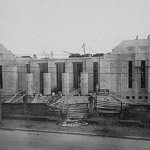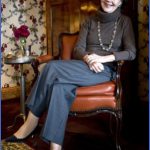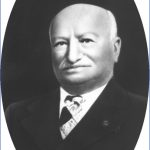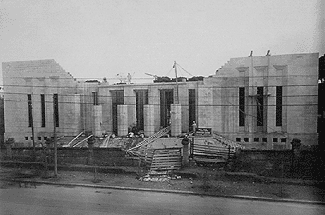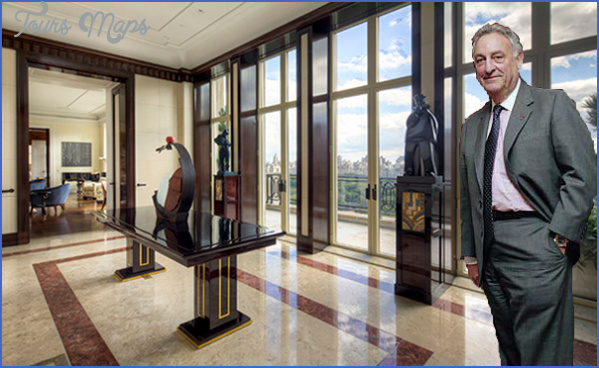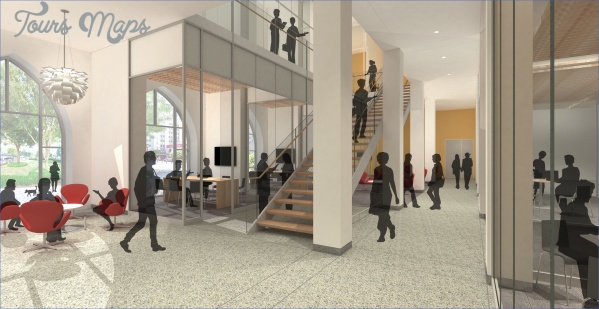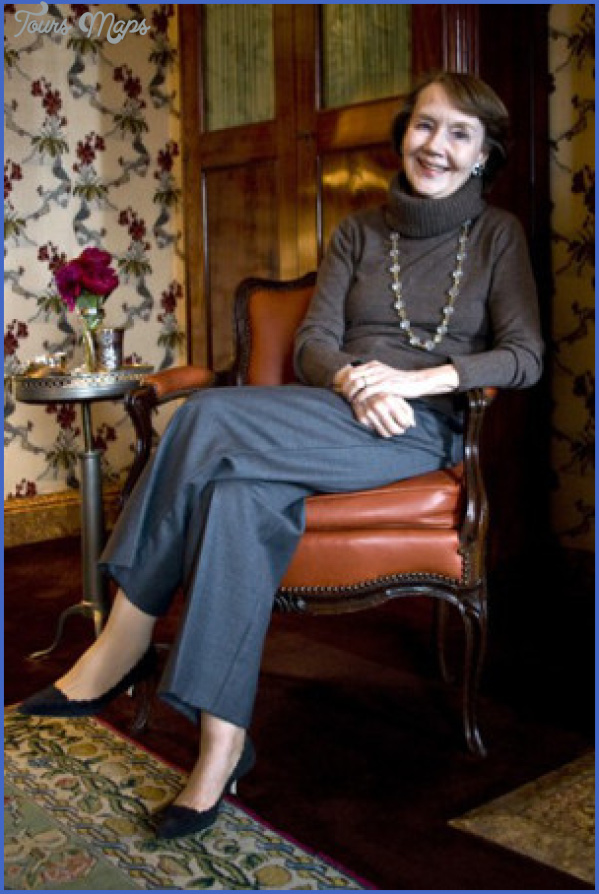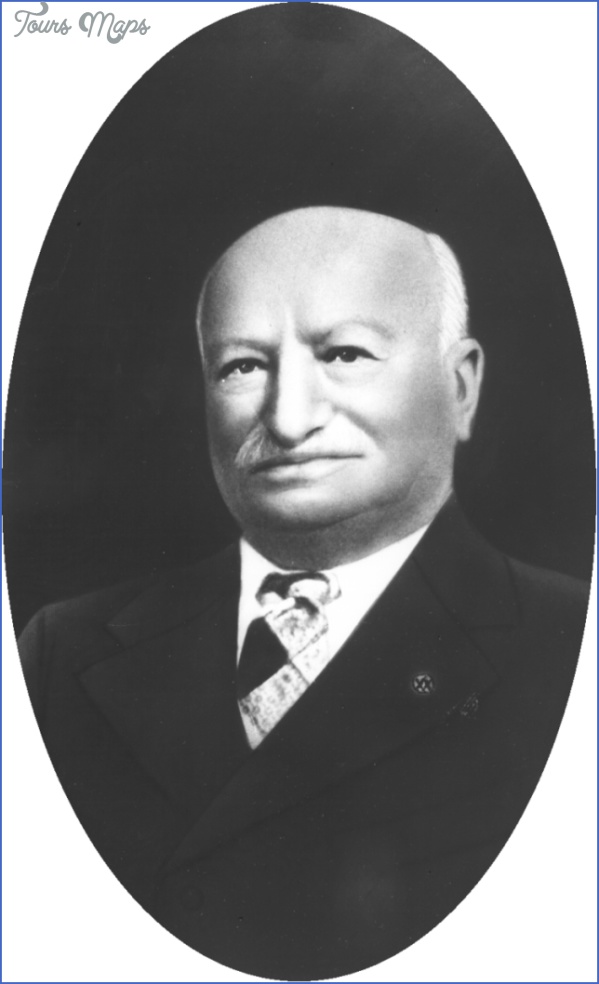WEILL MUSEUM
Dessau is a moderate-sized city in eastern Germany, just over 100 km south of Berlin, some 60 km from Leipzig and rather less than that from Halle. There, in 1900, Kurt Weill was born, the third child of the cantor at the local synagogue. The ducal theatre at Dessau had a strong Wagner tradition, so much so that the city was dubbed ‘the Bayreuth of the north’, and such were Weill’s youthful talents that he was admitted to rehearsals and performances there by the time he was ten years old. He went on, when he was 18, to study in Berlin, briefly under Humperdinck and then, after a further spell in Dessau as an assistant at the theatre (where Knappertsbusch was conducting), under Busoni. He settled in Berlin, where he associated with the leftish group of composers and intellectuals working there, and became the most successful theatre composer of the Weimar Republic, above all with his collaboration with Brecht in Die Dreigroschenoper in 1928. But his success in Germany was of course doomed; there were riots at the Leipzig premiere of Aufstieg und Fall der Stadt Mahagonny in 1930, and it became increasingly difficult for Weill to find theatres that would stage his works. Eventually he fled to Paris, then to New York and Hollywood; he died in New York in 1950.
Weill is however commemorated in his native city. His birthplace, near the synagogue, was demolished in 1960. But Dessau also happens to have been the home of leading figures of the Bauhaus movement in the late days of the Weimar Republic. In 1925-6, several of the Bauhaus masters moved there from Weimar and built, in the Burgkuhner Allee (now the Ebertallee, in the Ziebigk district), a group of seven new houses, one detached and three semi-detached pairs. Their occupants included Walter Gropius (the detached house), Laszlo Moholy-Nagy, Wassily Kandinsky and Paul Klee. In no.3, now no.63, the Expressionist painter Lyonel Feininger lived.
WEILL MUSEUM Photo Gallery
The ‘Meistersedlung’ (‘masters’ settlement’) was short-lived; it had to be abandoned in 1932. The first two houses were destroyed in World War II, and no.3, now detached, came in DDR times to be the home of a medical practice and was later rebuilt as a clinic. But in 1989, with the reunification of Germany, the whole settlement was handed over to a trust by the city of Dessau. In 1991 the clinic was removed and it was decided that the house should be restored as a historical monument. The original 1925 building plans were lost, but an analysis of the changes made after 1933 made restoration possible.
After reunification, the Kurt Weill Foundation of New York, seeking a European office in Dessau for the management of Weill’s music and an annual festival, created with the city of Dessau a Kurt-Weill-Zentrum in the Feininger Meisterhaus. The first festival was held in 1993. At the end of the following year the house was opened as a small Weill museum, to exhibit a collection of books, periodicals, music and manuscript material to illustrate his life and work. There are hopes of rebuilding the once adjoining house as a gallery and concert hall.
The restoration was meticulously carried out, down to the last doorknob and even the original heating system. There are smooth white plastered walls, black lacquered doors and light pinewood. On the ground floor there are two rooms. The main one, originally the living-room, with a patio at the rear, is now the principal display room; it is also used for meetings of the Kurt Weill Gesellschaft. There is furniture by Marcel Breuer, black, white and orange, strongly redolent of the 1920s. There is a diningroom, with a blue lino floor. The basement, used for rehearsals, is to become the library. Upstairs – blue stairs, with red railings – is a large recital room, again black and white with brown lino, which is used for workshops, lectures and concerts. In the bedroom is a cupboard where archival material is stored. There is what was once a children’s bedroom in blue, black and pink, with particularly attractive views. On the top floor, the former maid’s room is now a library, with LPs, CDs and videos, as well as newspaper cuttings, some of the letters between Weill and his wife, the cabaret singer Lotte Lenya, and some music by his father. There is also a conference room.
Although the house has no pretensions about re-creating the circumstances in which Weill actually lived, it does succeed in showing something of the aesthetic ambience of his creative years in Germany.
Maybe You Like Them Too
- Explore Blavozy, France with this detailed map
- Explore East Lindfield, Australia with this detailed map
- Explore Bonferraro, Italy with this detailed map
- Explore Doncaster, United Kingdom with this detailed map
- Explore Arroyito, Argentina with this Detailed Map

